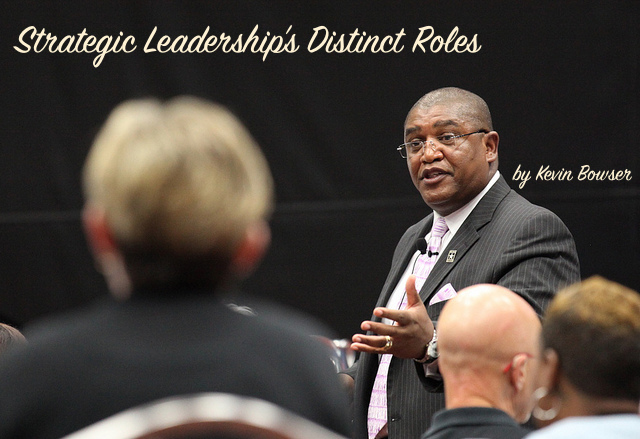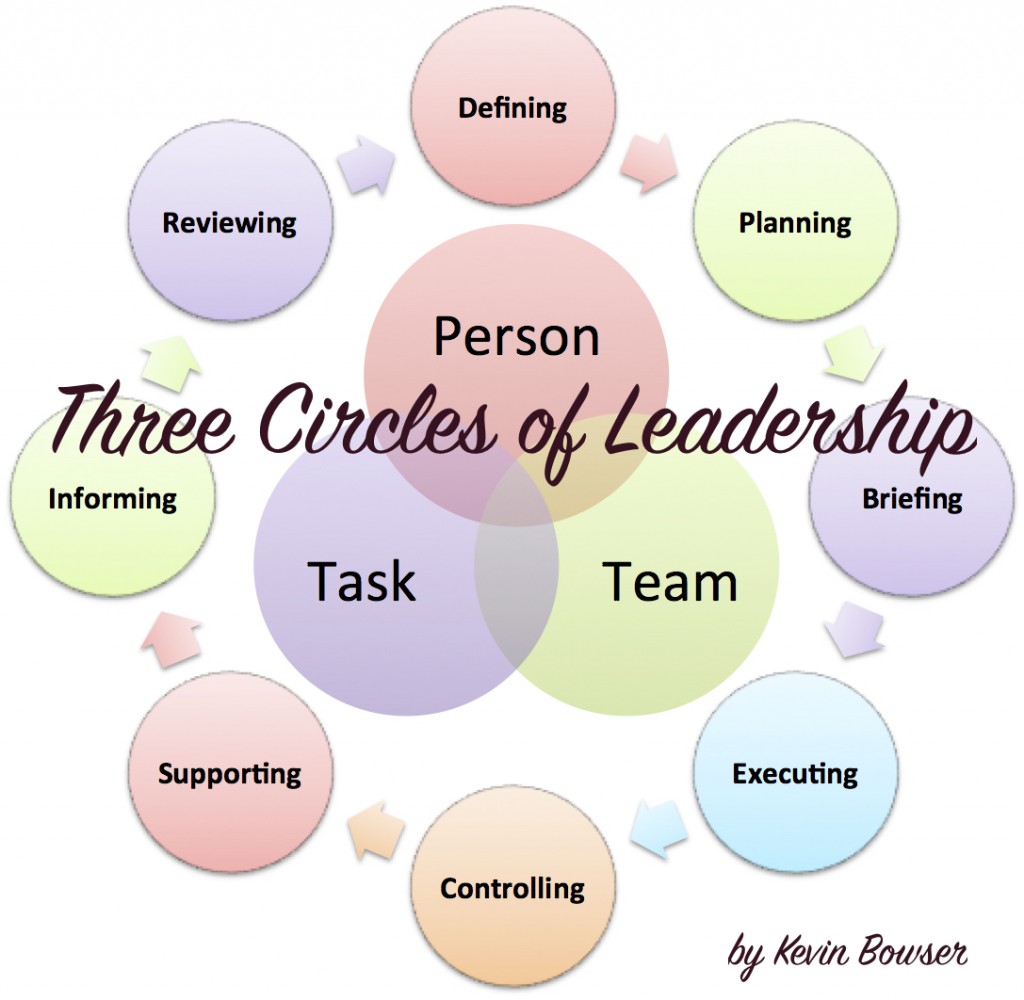Creative leaders draw the best thinking out of the individual team members before calling a general brainstorming session.
This is the assertion in Chapter 1 of Tom Harper’s book, Leading from the Lion’s Den. In his book he presents leadership lessons from every book of the Bible. Consider this one from Genesis:
“In the beginning God created the heavens and the earth.” – Gen 1:1
Many organizations today foster creative teamwork through collaborative instant messaging, chat windows, discussion boards, and project groups. My company uses a myriad of technology tools as well as recently construction an entire corporate campus to foster collaboration.
Though today’s online cooperation might appear to be a new kind of brainstorming, it is actually based on a tried and true model of creativity. The old standard concept is simple: the best creative thinking is done when individuals have a chance to think before they collaborate.
Not everyone thinks well in groups. The rapid-fire atmosphere of some brainstorming methodologies can be very disconcerting to some otherwise highly creative members of your team.
Click here to read the rest of the article »













